The Cyonic AU-550x PSU Review
by E. Fylladitakis on August 17, 2015 8:00 AM EST- Posted in
- Cases/Cooling/PSUs
- Seasonic
- PSUs
- 550W
- Cyonic
Hot Test Results
The following tables display surprising results about the electrical performance of the Cyonic AU-550x. Even though the filtering of the minor voltage lines is exceptional, with barely any readable figures at all, the 12V line falls far behind. A maximum ripple of 62 mV at full load is definitely not bad, it is a mere half of the 120 mV design limit, but it is not on par with the astounding performance of the other two main voltage lines. Voltage regulation is fairly good, at 1.5% for the 12 V line and about 2.2% for the 3.3V/5V lines.
| Main Output | ||||||||
| Load (Watts) | 111.65 W | 277.72 W | 414.04 W | 548.99 W | ||||
| Load (Percent) | 20.3% | 50.5% | 75.28% | 99.82% | ||||
| Amperes | Volts | Amperes | Volts | Amperes | Volts | Amperes | Volts | |
| 3.3 V | 1.77 | 3.38 | 4.41 | 3.37 | 6.62 | 3.32 | 8.83 | 3.32 |
| 5 V | 1.77 | 5.17 | 4.41 | 5.16 | 6.62 | 5.07 | 8.83 | 5.04 |
| 12 V | 7.95 | 12.14 | 19.86 | 12.09 | 29.8 | 12.03 | 39.73 | 11.96 |
| Line | Regulation (20% to 100% load) |
Voltage Ripple (mV) | |||||
| 20% Load | 50% Load | 75% Load | 100% Load | CL1 12V |
CL2 3.3V + 5V |
||
| 3.3V | 1.9% | 4 | 6 | 6 | 8 | 4 | 8 |
| 5V | 2.4% | 4 | 6 | 6 | 8 | 4 | 8 |
| 12V | 1.5% | 18 | 24 | 40 | 62 | 60 | 26 |
We need to mention that this is a PSU rated at 40°C and we perform our testing at temperatures higher than 45°C - we could reduce the ambient temperature of our hotbox testing but we chose not to do so as the results would then not be comparable to those of our previous reviews.
Despite the 40°C temperature rating, higher ambient temperatures do not have a dramatic impact on the electrical performance of the Cyonic AU-550x. The energy conversion efficiency is reduced by about 0.8%, without significant variations across the entire load range of the power supply. Considering the parts that this unit is made of, it is likely that Cyonic just copied the base ATX specifications that dictate a maximum power rating at 40°C and called it a day, even though the PSU can easily output its maximum power at higher temperatures as well.
The internal temperatures of the Cyonic AU-550x increase relatively more than outside the hotbox, but the difference is small and has no effect on the overall performance of the unit. Still, it is apparent that the PSU gets a little hotter than it is supposed to because Cyonic opted for better acoustics performance, forbidding the fan from spinning too fast if the temperatures do not reach critical figures. The heatsinks are also small, even considering the mediocre power output and high efficiency of the unit. Nevertheless, the Cyonic AU-550x maintains tolerable noise figures even in the hellish environment of our hotbox, at the expense of a little higher internal temperatures.


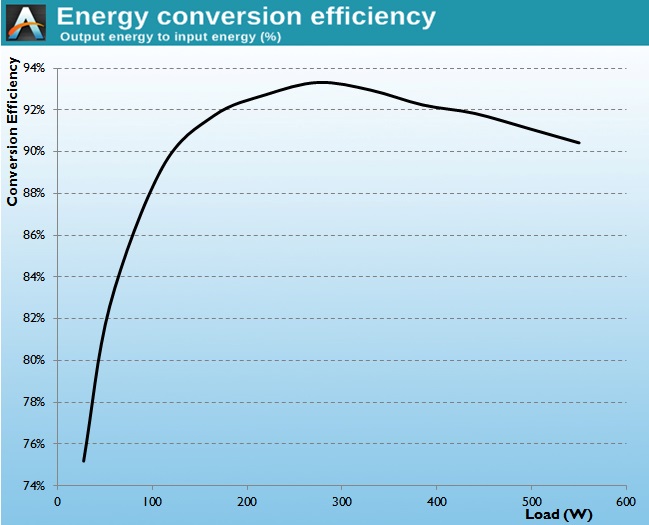
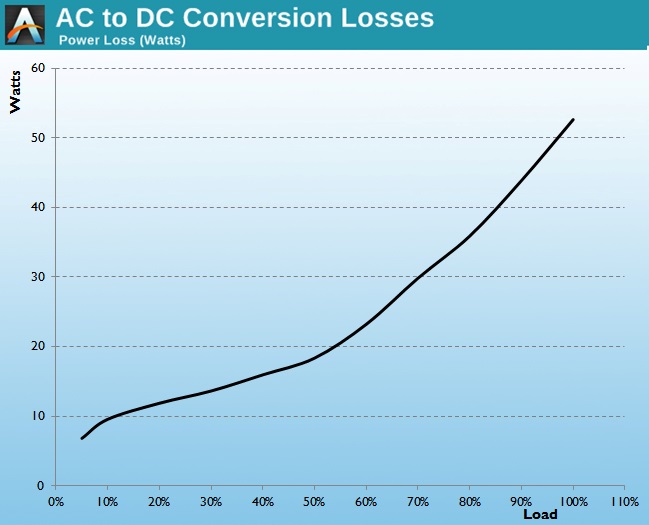
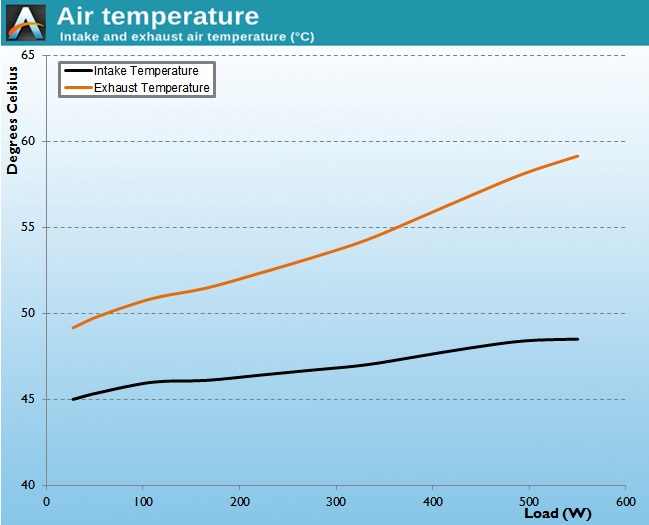
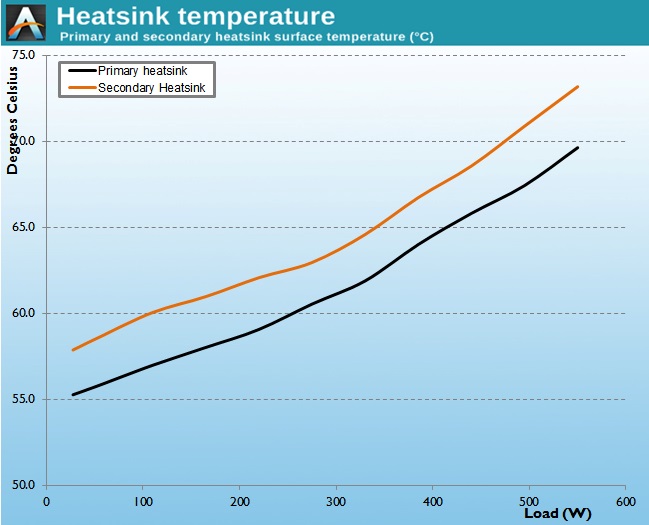
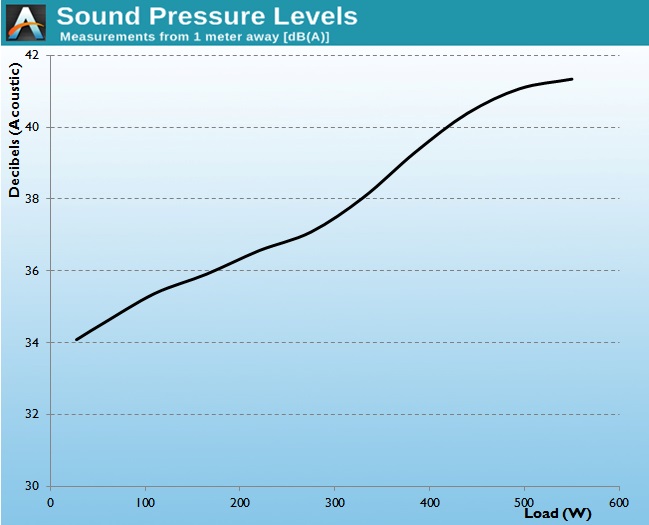








30 Comments
View All Comments
Samus - Monday, August 17, 2015 - link
I agree! Some vendors have turned pretty crappy designs from questionable OEMs into decent products. Look at OCZ psu's after they purchased PCP&C. Most of them were then built by FSP and let's face it FSP made some real crap back in the day...a lot of the same designs were used by XFX but the OCZ models were consistently better and the warranty was much more honorable.YoloPascual - Monday, August 17, 2015 - link
It still better than buying the brand name. You won't even need to think about the warranty when you have a really good psu. And who wants to deal with warranty claims?Samus - Monday, August 17, 2015 - link
True. But support is everything with technology.Years ago, PC Power & Cooling offered a one-time rewiring of the PSU free of charge if the end-user covered shipping and handling. I took them up on this in 2008 with a 750 Quad and it cost $18 total ($8 to ship it to them, $10 for them to process and ship it back.)
In exchange, I was returned a completely remapped cable layout to fit my case exactly. This is before modular PSU's were really common place, but even modular PSU's either have too short or too long of cables.
I don't believe any other OEM's offer this kind of service anymore. Very unfortunate. But there are other perks OEM's offer other than warranty, such as color coding components to other products they make, and a verified hardware (quality assurance) guarantee.
dwatterworth - Monday, August 17, 2015 - link
Stating the power output of the unit as 'Mediocre' in conjunction with the maximum fan RPM to define it's potential profile is probably not the best description. Wording does make a difference, pointing in this case that the unit should be supplying much higher levels of power and is sub-par; something not usually associated with any seasonic unit other than their less than average for Seasonic TFX units.yt2005 - Monday, August 17, 2015 - link
Good testing as always, but the article reads like it was written by someone who isn't a native-level speaker of English; the writing feels stilted at times, and that made it difficult to read.Peichen - Monday, August 17, 2015 - link
Does Emmanouil Fylladitakis sounds American/British to you?DCide - Monday, August 17, 2015 - link
Exactly what I was thinking. I'm sure I couldn't even do him the courtesy of pronouncing his name right, so I have to give him a pass on an incomplete sentence here or there.Samus - Monday, August 17, 2015 - link
His background is electronics not English. The odds of an English major putting together a ripple chart are pretty weak so I'll take the review how it is :) even johnnyguru has some skitch here and there, and sometimes I think he's been drinking but they're still great reviews!ImSpartacus - Monday, August 17, 2015 - link
Good to see a review for a psu that I might buy. Nice job.romrunning - Monday, August 17, 2015 - link
Kudos for reviewing a PSU with a lower power output (450-550W) than the higher output ones!This is exactly what I was looking for to run a single-GPU system.